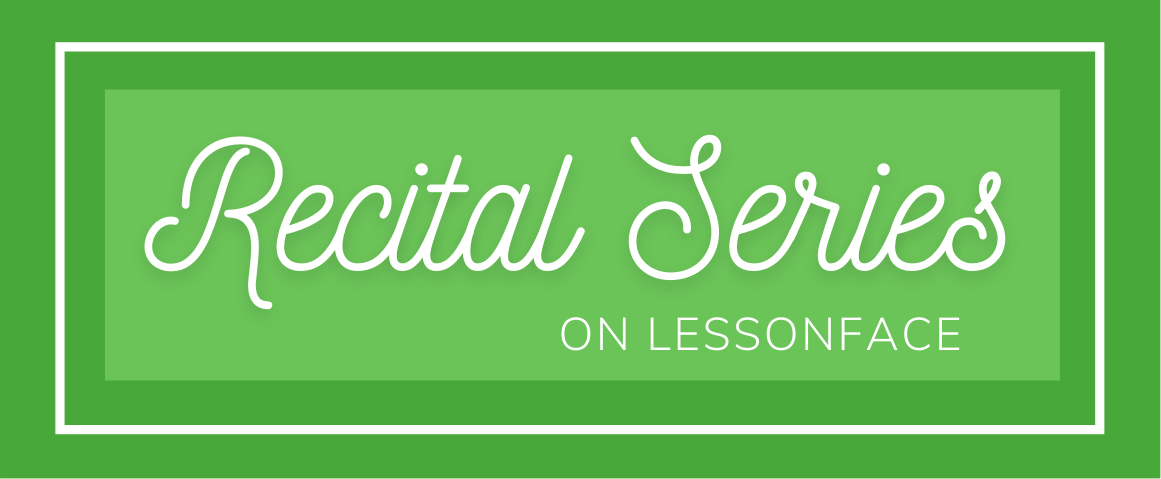Hi!
I'm new to Lesson face and wanted my first topic to be an open discussion about different and creative ways to use the metronome to develop a stronger sense of time. Time and rhythm is something I have always gravitated towards and feel really passionate about. Here are a few exercises I do to really challenge my sensitivity to time.
First and foremost when I am focusing on time and rhythm I tend to remove any tonguing to force my fingers to create my time. This also helps create a more universal tone throughout the full range of my instrument.
1. Only having the metronome click on beat 4 of each measure while practicing. This is really useful while improvising over tunes because having the metronome on beat 4 implies swing feel. By only having the reference of the metronome on an odd beat such as the down beat of 4 of each measure it forces you to keep yourself accountable for your own time. The more advanced version of this is having the metronome click on beat 4 of every other measure. It is important to take small steps to adopting this way of practicing. When I began using this technique I improvised only walking bass lines (quarter notes) to make sure I was able to truly hear the time and not be guessing.
2. Only having the metronome click on an up beat of each measure. This is similar to the first exercise but in my opinion significantly harder. I like to put the metronome on the + of 1 and try and play bebop heads. This again reinforces your sensitivity to time. Having the metronome on an up beat forces you to subdivide every single beat with extensive focus and detail. I tend to practice this around 20-40 bpm.
3. A much different way to use the metronome is to go through all the groupings of notes within a beat. By that I mean I put my metronome anywhere from 50-80 bpm and begin to alternate between playing two notes and three notes within each beat of the metronome (you can pick any notes I usually go up and down a scale). I then go between 3 and 4 note groupings, 4 and 5 note groupings, 5 and 6 note groupings, ect. This helps my ears be more sensitive to the differences of the lengths of notes within a constant beat. It gets trickier the higher you go because the difference of the lengths of notes gets smaller and smaller.
I would love to hear any suggestions on new ways to challenge ones sense of rhythm and time!





Hello Ben,
Thank you for the suggestions. I have done the last exercise you mentioned, but not the other two. I will have to give them a shot.
I have a couple of my own metronome exercises I like to use. One is to set the metronome to 30-40bpm and clap or vocalize with it, then start clapping or vocalizing subdivisions. The purpose is to learn to hear the 'big beat.' In other words, the metronome is counting the the measure, not the the individual beat.
Another exercise is simple, but revealing: pick a tempo and clap along with the metronome, and then stop the metronome and continue clapping for a while. Turn the metronome back on time with your clap to see how accurate your timing is.
Great ideas Ben and Ammon, I find that like you say the rhythm should come from the fingers first rather than the articulation. I also like to encourage my students to really think about playing the meter to have another link between the time signature chosen by the composer and the musical outcome
Hi Jaime, thanks for bringing up this topic. Let's give some love to the metronome and see it as a friend :)
I guess nº 1 is a classic jazz practice everywhere, from what I've talked with musicians.
Exercise 2 is really hard. I've only done that in some 'workout sessions' in jazz combo playing, with friends. Found it really tiring for the brain, but worth it. Should get back to doing that...
Number 3 I used to practice vibrato on the flute.
I also encourage students to choose any speed on the metronome and then play some musical excerpt using that beat as different figures (a quarter, an eight, a half note etc). I feel that students tend to stick to the idea that every beat of the metronome has to be a quarter note... and this exercise fights that, and makes them think about the proportions and relations between durations.